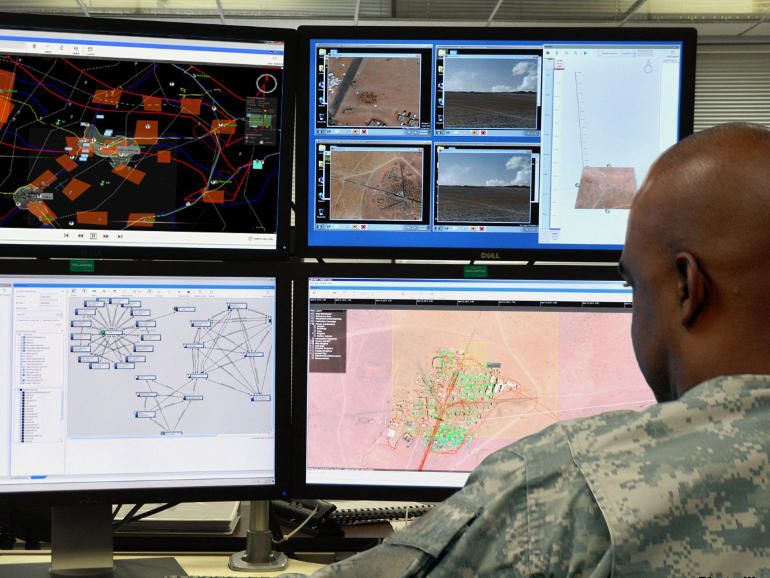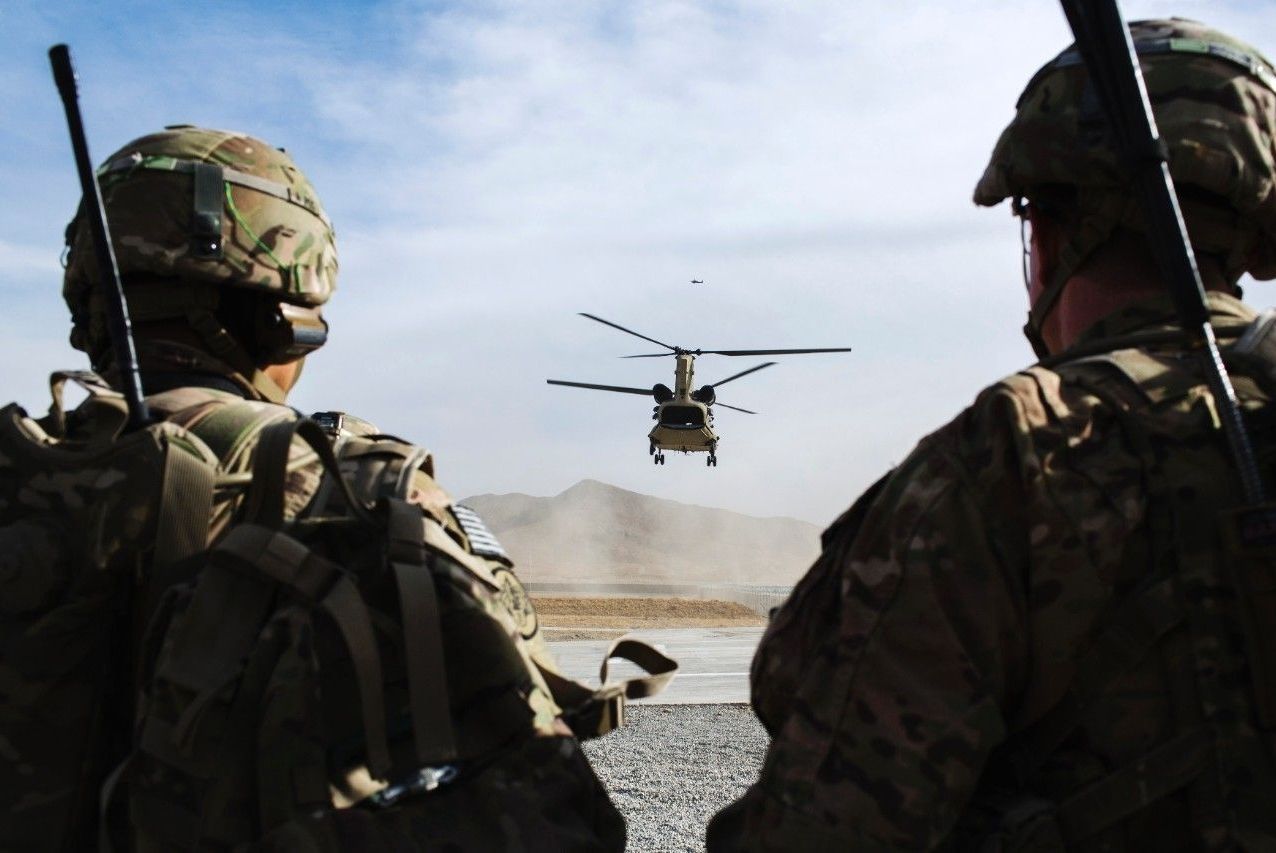1100 Declassified U.S. Nuclear Targets from 1956 on the interactive NukeMap. How many nuclear weapons do you think are necessary for deterrence?
Category: military
The United States is preparing for war against two of the threats it has named constantly: Russia and China. However, the West may have to think twice before truly waging a war against the two countries as new reports say the military gap between the US and the two countries are closing in. Are Russia and China now at par with the United States?
American military analysts are claiming that military advancements in Russia and China now pose serious threats to the United States. Furthermore, the analysts said that it is no longer safe for America to continue pursuing its presence in the South China Sea, especially near where China has deployed considerable military assets. Russia previously also said that the United States is not safe in the Baltic Sea especially given the recent military encounters.
“Since the end of the Cold War, the US military has never really had to fight an enemy that had its own arsenal of precision-guided weapons,” said Mark Gunzinger, senior fellow at the US Center for Strategic and Budgetary Assessments as reported by The Hill.
Military’s new Mission Impossible style messaging.
The U.S. military needs new messaging technology that’s ultra-secure and self-destructs. Sound familiar?
Think SnapChat. That’s an important part of what the Defense Advanced Research Projects Agency (DARPA) is aiming to do via a request for proposals posted on a DOD Web page. In Phase III of the project, DARPA says it requires “a secure messaging system that can provide… one time eyes only messages,” among a host of other features. Similarly, SnapChat allows a message to be viewed for a short length of time (1 to 10 seconds) before it becomes inaccessible, the primary reason it has become such a popular messaging platform.
Beyond this, the larger objective for the military is to meet a “critical DoD need to develop a secure messaging and transaction platform.” The DARPA request for proposals is aimed at building a messaging platform that the military could use for secure communication ranging from procurement to intelligence.
Another person this time DARPA (Arati Prabhakar) speaks about the truth on AI and it’s real world limitations.
The Pentagon’s R&D arm is heavily invested in driving the future of artificial intelligence and machine learning, but the program’s director warned the technology isn’t without its limitations.
May 02, 2016.
Board member Teri Takai told FedScoop that engagement from federal agencies is critical in order to meet FirstNet goals.
Making software immortal; Raytheon is trying to make it a reality.
CAMBRIDGE, Mass., May 2, 2016 /PRNewswire/ — A team led by Raytheon BBN Technologies is developing methods to make mobile applications viable for up to 100 years, despite changes in hardware, operating system upgrades and supporting services. The U.S. Air Force is sponsoring the four-year, $7.8 million contract under the Defense Advanced Research Projects Agency’s Building Resource Adaptive Software Systems program.
“Mobile apps are pervasive in the military, but frequent operating system upgrades, new devices and changing missions and environments require manual software engineering that is expensive and causes unacceptable delays,” said Partha Pal, principal scientist at Raytheon BBN. “We are developing techniques to eliminate these interruptions by identifying the way these changes affect application functionality and modifying the software.”
I could tell you one scenario after another about Robots serving Robots, making robots, owning their own country, having their own military, etc. However, for me we’re still many, many decades off from this. However, we do have some situations that I have seen robots assembling other robots; however, they’re still requiring human engagement and oversight.
If that sounds like something you’re interested in.
Nice
Put yourself in the Pentagon – it’s “take a random civilian to work” day or something. You’re sitting with an Army general brooding over future land wars, as is their wont.
“Our combat vehicles need to be tougher to take the big hits from new weaponry!” he says.
Then a smarmy research guy chimes in.









